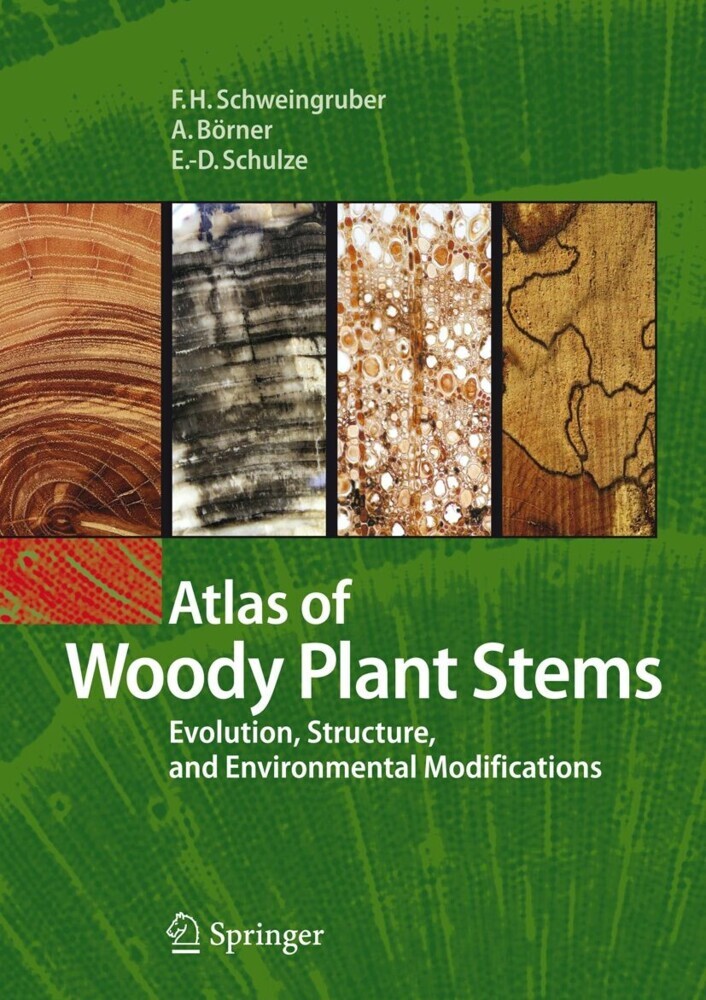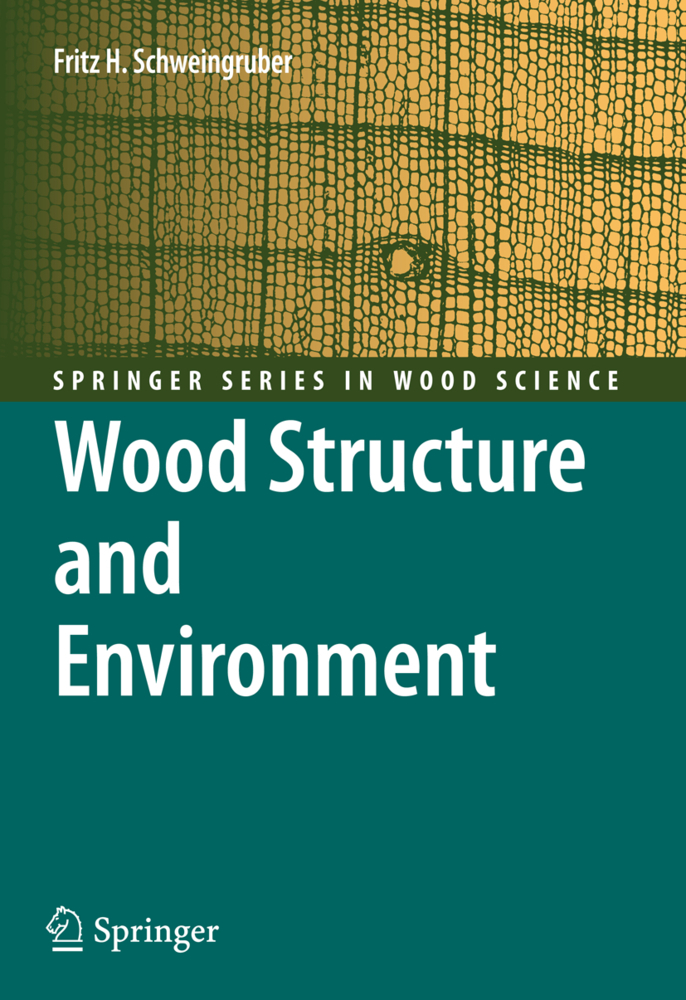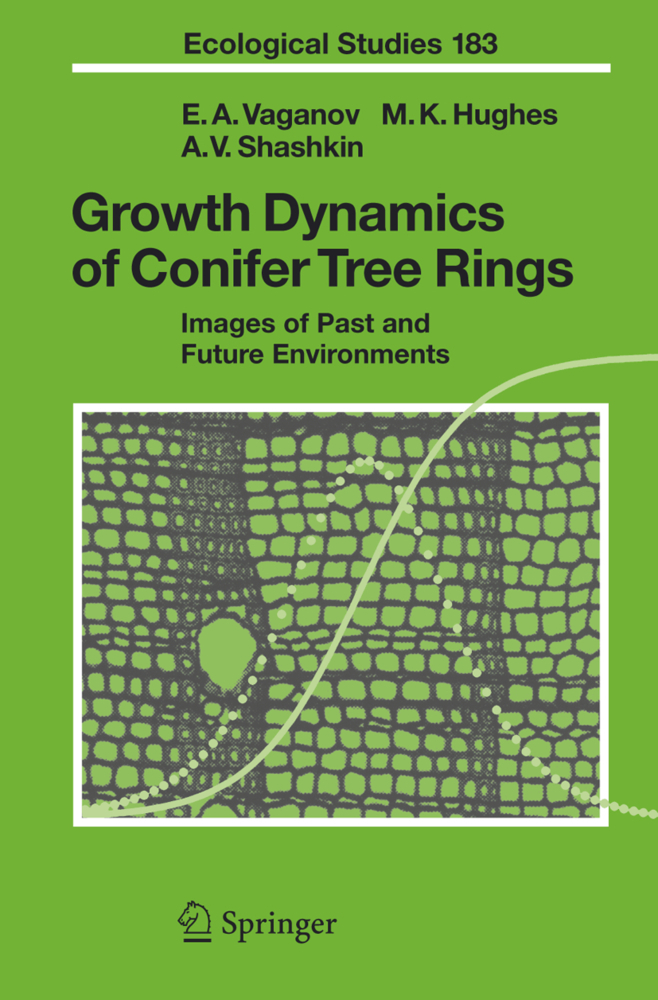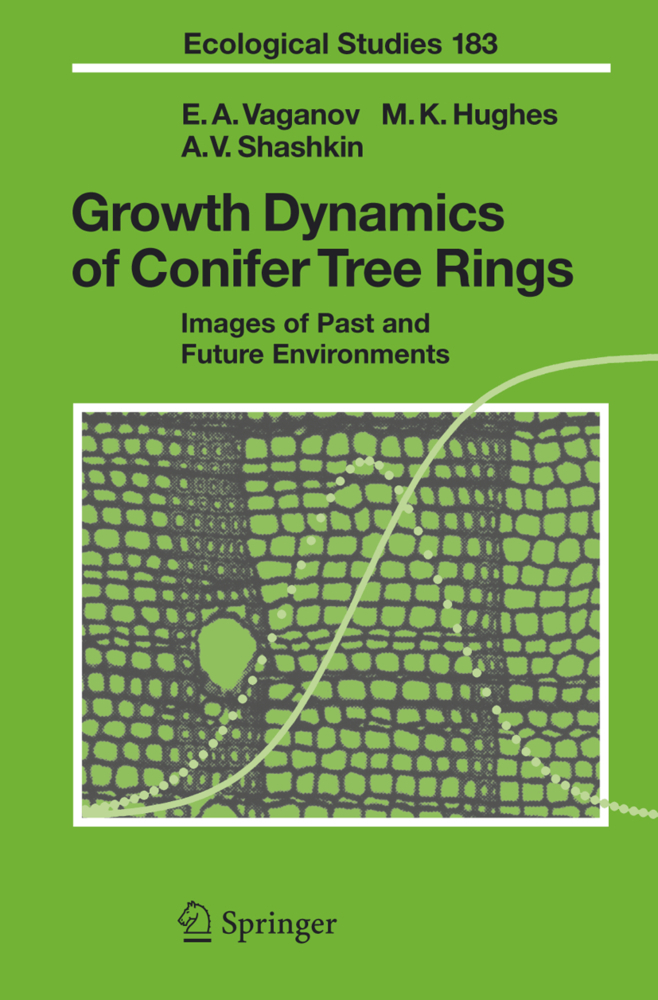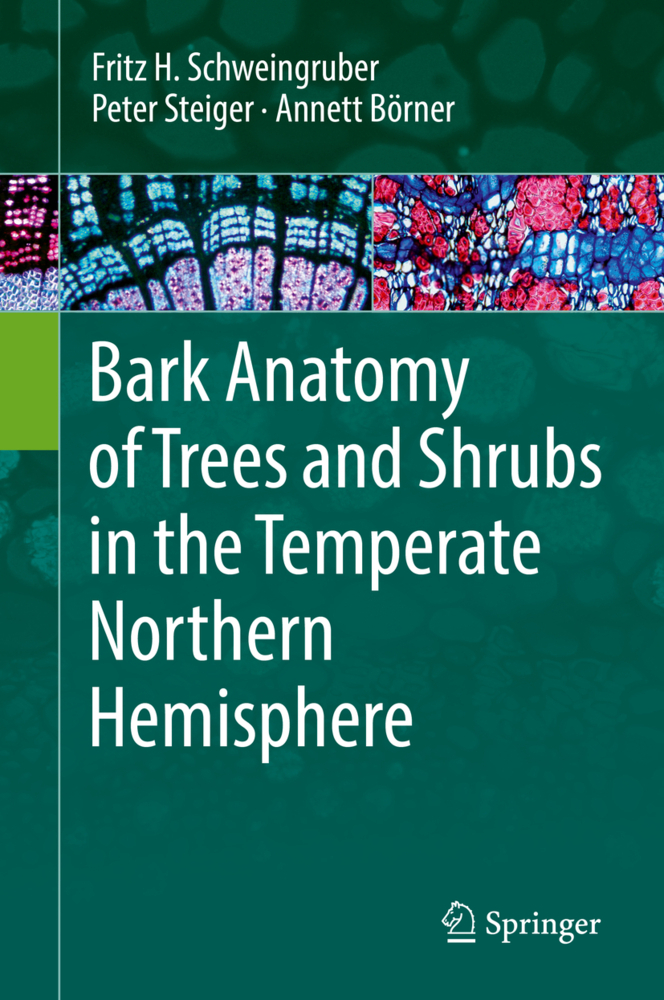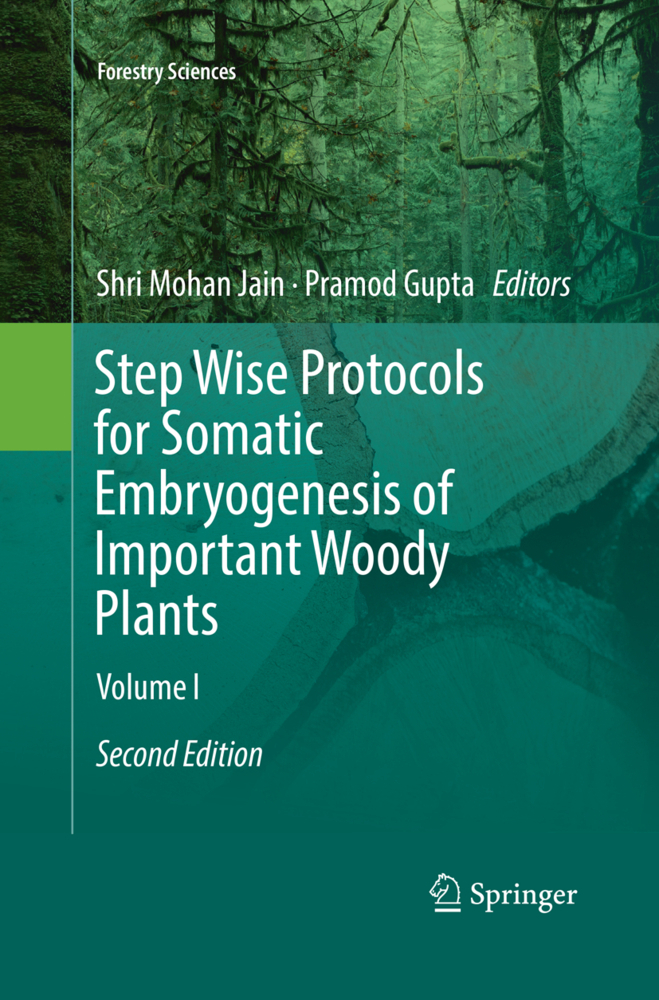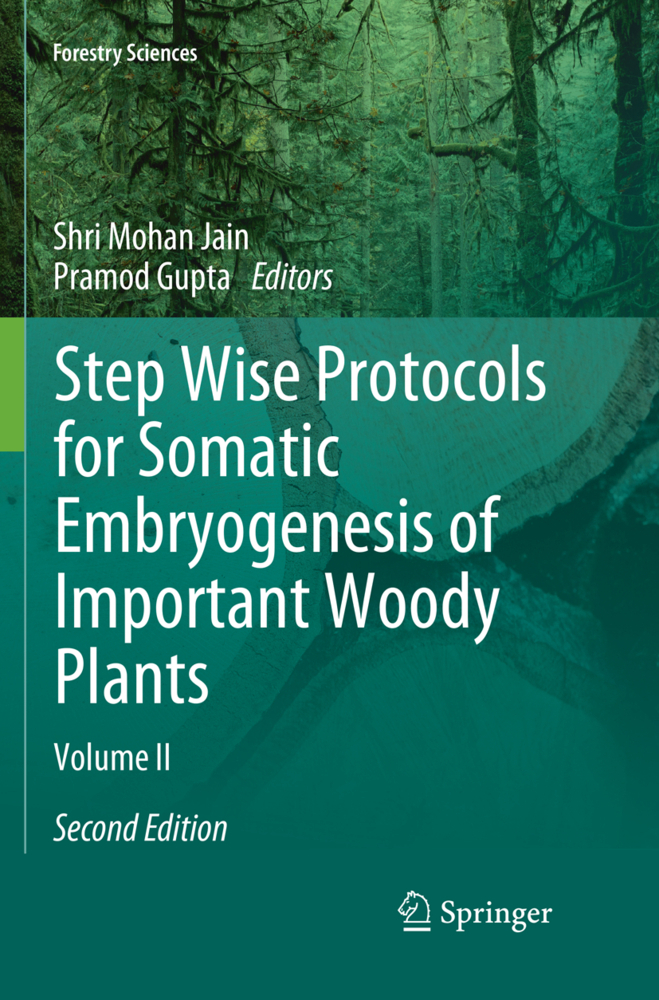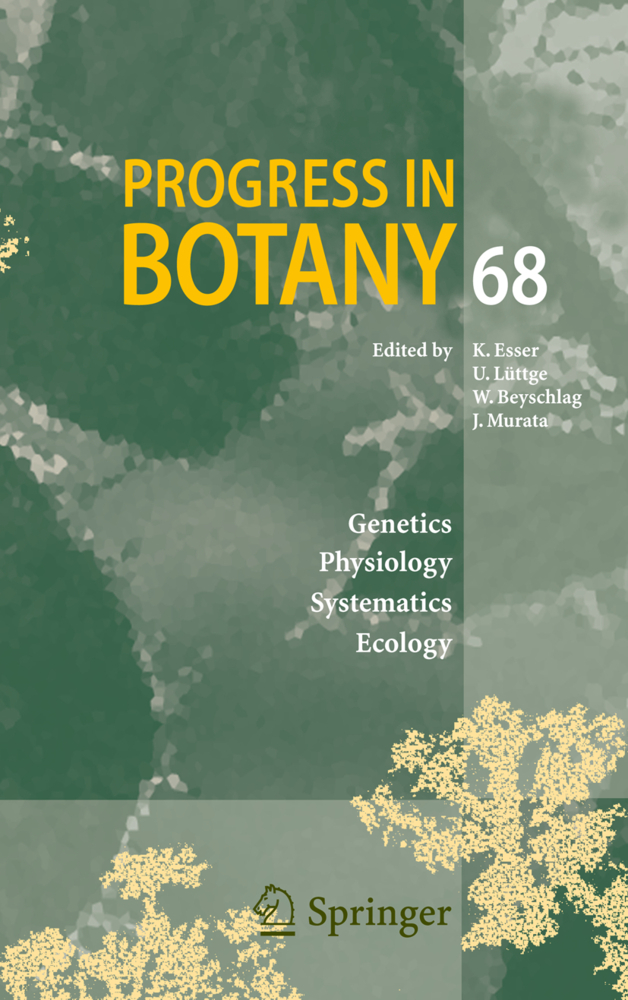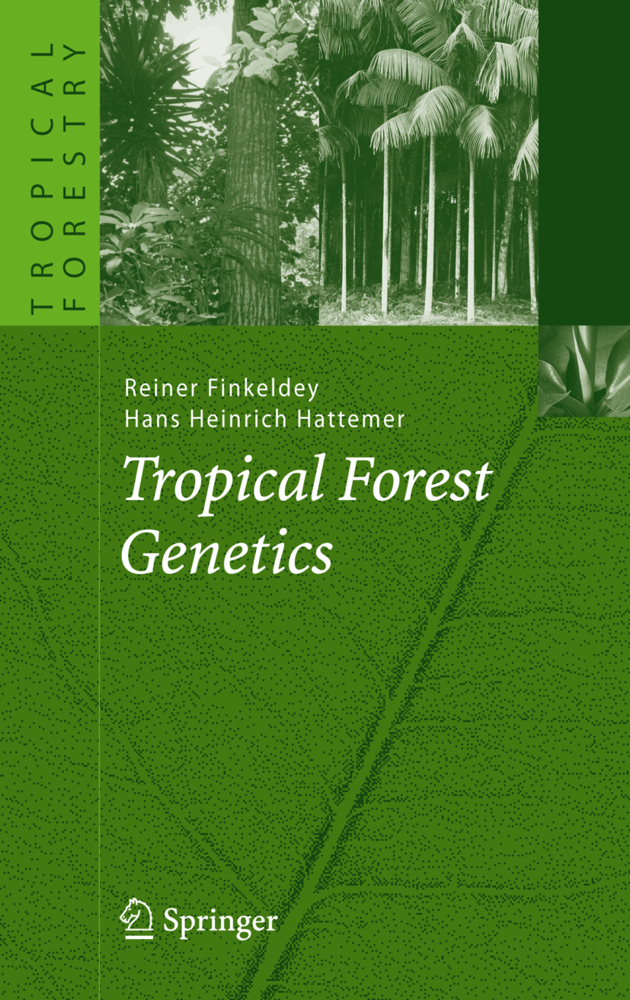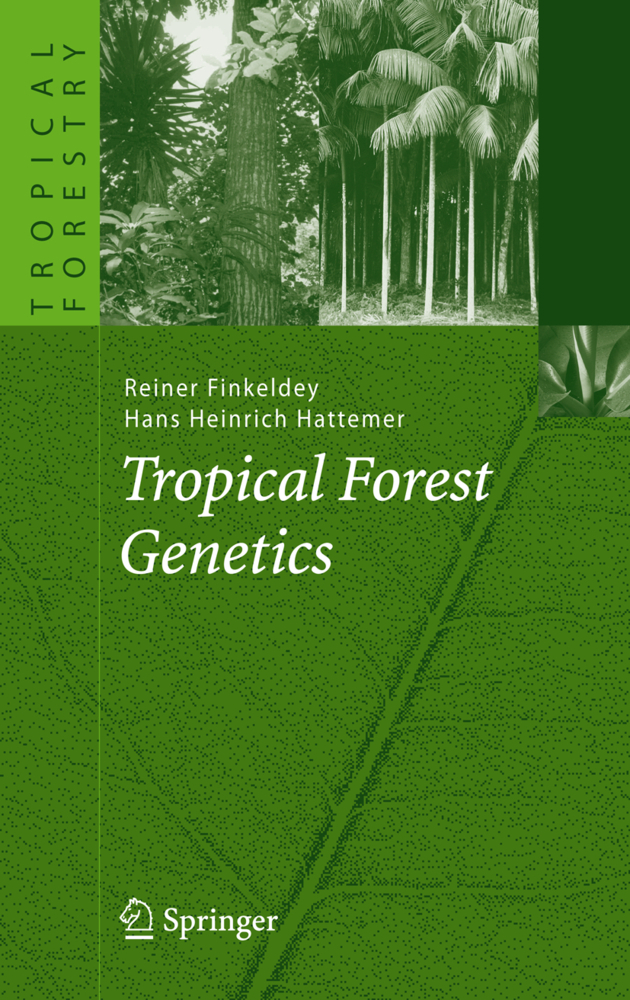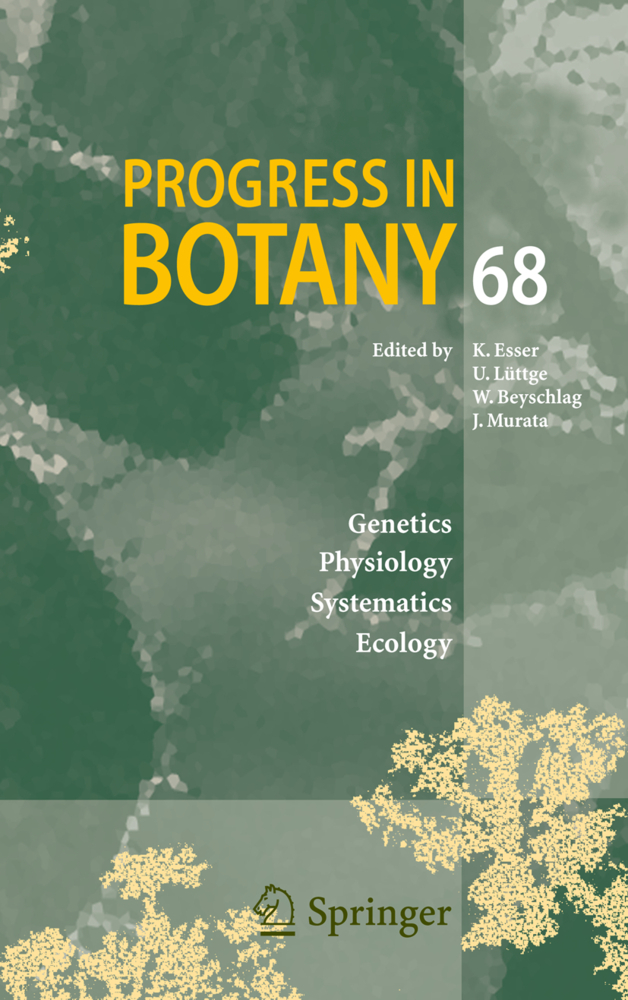Atlas of Woody Plant Stems
Evolution, Structure, and Environmental Modifications
This atlas describes the anatomical basics of dendrochronology and wood technology. It gives a unique assemblage of microscopic slides of wood and bark anatomy and demonstrates the reaction of stems to different environments. It provides insight into the evolution of wood, to the variation of wood anatomy in response to climate and disturbances, and it gives an introduction to the methodology used to study wood. Special attention has been given to the unique feature of secondary growth. It occurs in annuals as well as in thousand-year-old living plants and it is the base for the observed large morphological and physiological diversity of woody species. The aesthetic and perfect functional structures in the anatomical slides and the pictures of the studied species are accentuated by the appealing design of the book. This, along with the wide-ranging scientific content make the book both attractive and unique.
1;Preface;5 2;Contents;6 3;Abbreviations and technical remarks;9 4;Introduction;10 5;Chapter 1 The Evolution of Plant stems in the Earth's History;12 5.1;THE LANDSCAPE IN THE PALEOZOIC;13 5.2;PLANT BODY OF VASCULAR PLANTS (CORMUS);15 5.3;THE EVOLUTION OF A STABILIZATON SYSTEM;17 5.4;THE CONTEMPORARY FOSSIL PSILOTUM NUDUM?;18 5.5;DIVERSIFICATION OF PLANTS CONTAINING TRACHEIDS;19 5.5.1;LYCOPODS;19 5.5.2;HORSETAILS;20 5.5.3;FOSSIL AND CONTEMPORARY FERNS;21 5.5.4;CONTEMPORARY FERNS;23 5.6;TREES GROW TALLER AND BIGGER;25 5.7;SUCCESSFUL SEED PLANTS WITH NAKED SEEDS;27 5.7.1;GINKGOS AND CYCADS;27 5.7.2;GNETOPHYTES (EPHEDRA, GNETUM AND WELWITSCHIA);29 5.8;THE MOST SUCCESSFUL SEED PLANTS WITH NAKED SEEDS: CONIFERS;31 5.9;SUCCESSFUL PLANTS WITH SEEDS ENCLOSED IN A CARPEL: ANGIOSPERMAE;33 5.10;SYSTEMATIC OF PLANT LIFE;35 6;Chapter 2 The Structure of the Plant body;36 6.1;LIFE FORMS IN DIFFERENT VEGETATION ZONES;37 6.2;PRINCIPAL GROWTH FORMS OF STEMS;39 6.3;PRINCIPAL CONSTRUCTION OF ROOTS AND SHOOTS;41 6.4;PRINCIPAL CONSTRUCTION OF THE XYLEM AND PHLOEM CELL TYPES, CELL WALLS AND CELL CONTENTS;43 7;Chapter 3 SecondAry growth: Advantages and Risks;47 7.1;PRIMARY AND SECONDARY GROWTH;48 7.2;PRINCIPLE STRUCTURE OF PLANTS WITH SECONDARY GROWTH;50 7.3;PHYSIOLOGICAL AGEING IN PLANTS WITH SECONDARY GROWTH;51 7.4;THE RISKS OF WATER TRANSPORT: STABILIZED AND PERMEABLE CELL WALLS;52 7.5;THE RISKS OF STEM THICKENING: DILATATION AND PHELLEM FORMATION;54 7.6;THE RISKS OF OVER-PRODUCTION: PROGRAMMED CELL DEATH;58 7.7;THE RISKS OF INSTABILITY: ECCENTRICITY;60 7.8;THE RISKS OF INSTABILITY: REACTION WOOD;62 7.9;THE RISKS OF INSTABILITY: FORMATION OF LIGNIN AND THICK CELL WALLS;64 7.10;THE RISK OF INSTABILITY: INTERNAL OPTIMIZATION;66 7.11;THE RISK OF DECOMPOSITION: NATURAL BOUNDARIES AND PROTECTION SYSTEMS;68 7.12;THE RISK OF DECOMPOSITION: DEFENCE BARRIERS AROUND WOUNDS;70 7.13;THE RISK OF SHEDDING PLANT PARTS: ABSCISSION;72 7.14;THE RISK OF SHEDDING PLANT PARTS: ABSCISSION OF LEAFS AND TWIGS;74 8;Chapter 4 Modification of the Stem Structure;76 8.1;THE PRIMARY STAGE OF GROWTH: THE CONSTRUCTION OF VASCULAR BUNDLES;77 8.2;THE PRIMARY STAGE OF GROWTH: THE ARRANGEMENT OF VASCULAR BUNDLES IN MOSSES, LYCOPODS AND FERNS;79 8.3;THE PRIMARY STAGE OF GROWTH: THE ARRANGEMENT OF VASCULAR BUNDLES IN CONIFER AND DICOTYLEDONOUS PLANT SHOOTS;81 8.4;THE SECONDARY STAGE OF GROWTH: CONIFER XYLEM;83 8.5;THE SECONDARY STAGE OF GROWTH: THE XYLEM OF DICOTYLEDONOUS ANGIOSPERMS;85 8.6;THE PRIMARY AND SECONDARY STAGES OF GROWTH OF MONOCOTYLEDONS, MACROSCOPIC VIEW;89 8.7;THE PRIMARY AND SECONDARY STAGES OF GROWTH OF MONOCOTYLEDONS, MICROSCOPIC VIEW 200 µm;91 8.8;THE SECONDARY STAGE OF GROWTH: CONIFER PHLOEM;93 8.9;THE SECONDARY STAGE OF GROWTH: THE PHLOEM OF DICOTYLEDONOUS ANGIOSPERMS;95 8.10;THE SECONDARY STAGE OF GROWTH: CAMBIAL GROWTH VARIANTS AND SUCCESSIVE CAMBIA;97 8.11;THE THIRD STAGE OF GROWTH: THE PERIDERM;99 9;Chapter 5 Modification of the Xylem Within a Plant;102 9.1;MODIFICATION OF THE XYLEM WITHIN A PLANT ;103 9.1.1;CONIFER: ROOT, TWIG AND STEM;103 9.1.2;DECIDUOUS TREE: ROOT, TWIG AND STEM;104 9.1.3;FROM ROOT TO STEM STRUCTURE;106 9.2;MODIFICATION BY AGING:;107 9.2.1;CHANGING GROWTH FORMS;107 9.2.2;CHANGING GROWTH AND LEAF FORMS;108 9.2.3;CHANGING WOOD ANATOMICAL STRUCTURES;109 9.2.4;CHANGE OF PHLOEM AND PERIDERM STRUCTURES;111 10;Chapter 6 Modificotion oh the Xylem and Phloem by Ecological Factors;113 10.1;INTRA-ANNUAL DENSITY FLUCTUATIONS, PHENOLIC AND CRYSTAL DEPOSITS;114 10.2;INTRA-ANNUAL CELL COLLAPSE, CALLOUS TISSUE AND DUCTS;116 10.3;INTERANNUAL VARIATION OF LATEWOOD ZONES;118 10.4;LONG TERM VARIATIONS: SUDDEN GROWTH CHANGES;119 10.5;INTER- AND INTRA-ANNUAL VARIATIONS OF THE PHLOEM;120 10.6;INTERCELLULAR SPACES IN THE CORTEX;122 11;Chapter 7 Modification of Organs;123 11.1;MODIFICATION OF SHOOTS: ;124 11.1.1;LONG AND SHORT SHOOTS;124 11.1.2;SHEDDING NEEDLES, MALE AND FEMALE FLOWERS;127 11.1.3;THORNS AND SPINES;128 11.1.4;VERTICAL, HORIZONTAL AND DROOPING TWIGS;1
Schweingruber, Fritz Hans
Börner, Annett
Schulze, Ernst-Detlef
| ISBN | 9783540325253 |
|---|---|
| Artikelnummer | 9783540325253 |
| Medientyp | E-Book - PDF |
| Copyrightjahr | 2007 |
| Verlag | Springer-Verlag |
| Umfang | 229 Seiten |
| Sprache | Englisch |
| Kopierschutz | Digitales Wasserzeichen |

